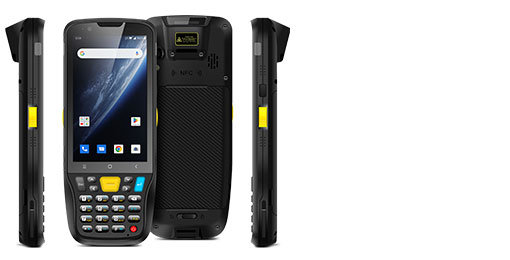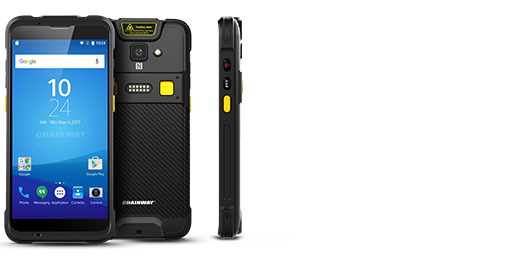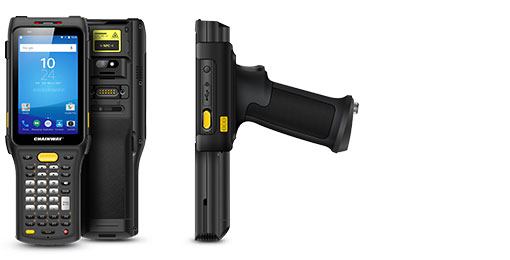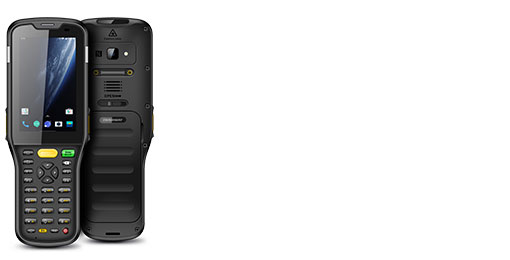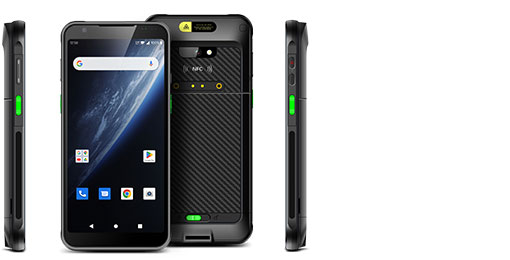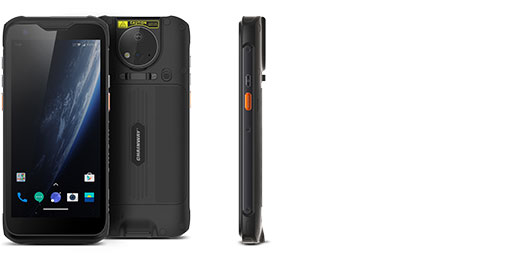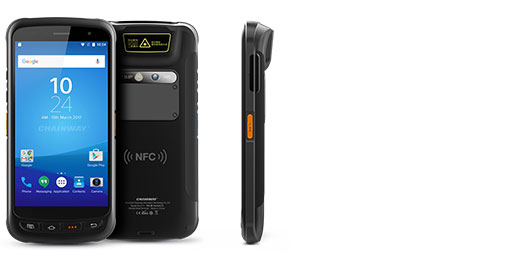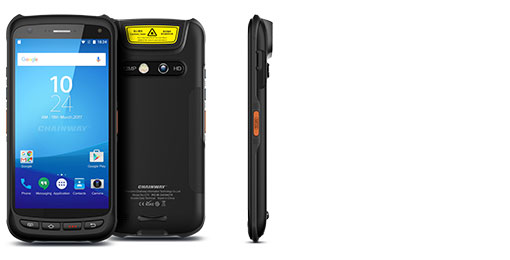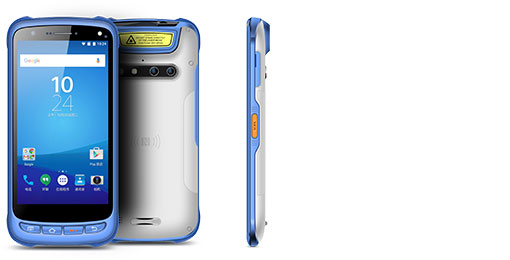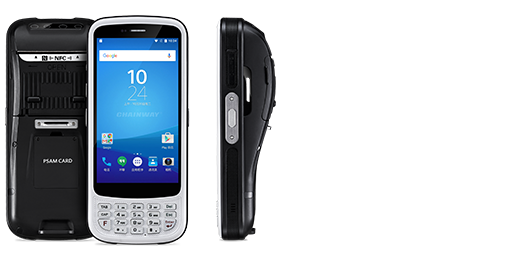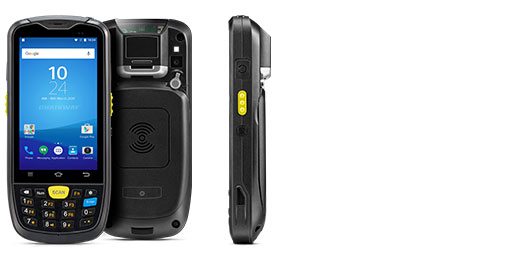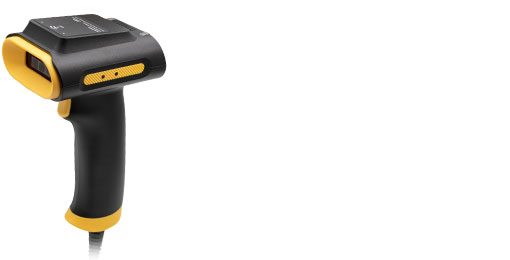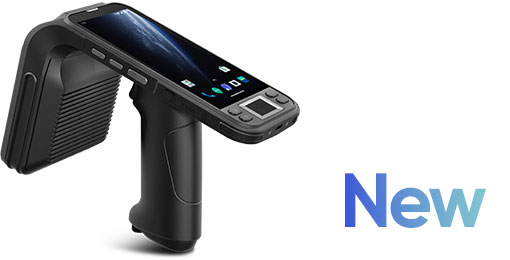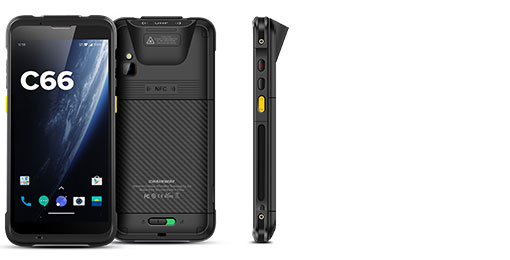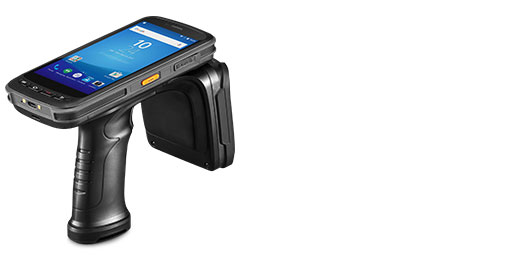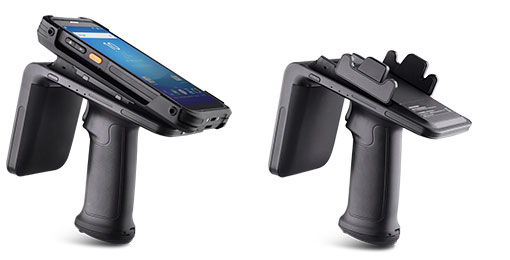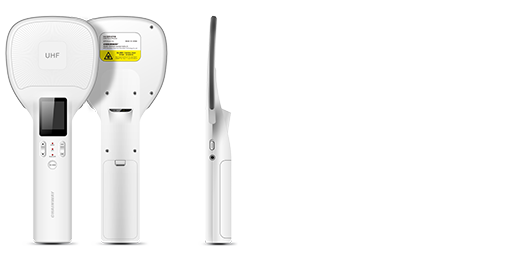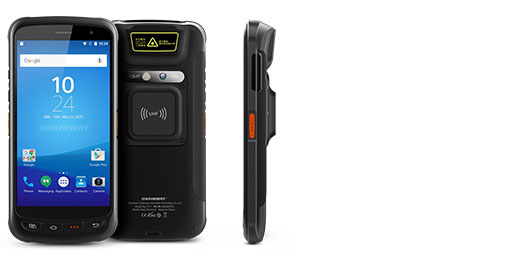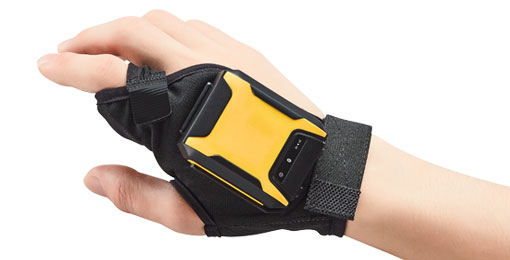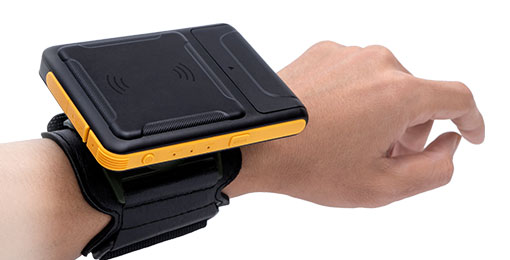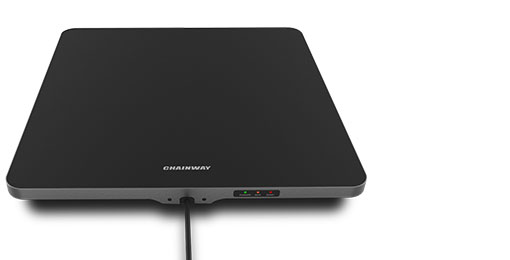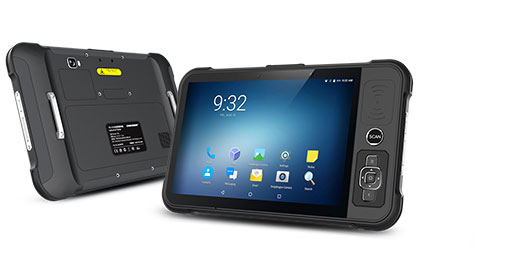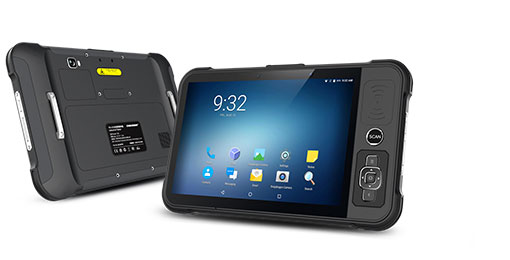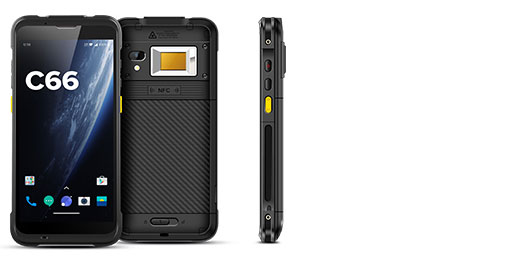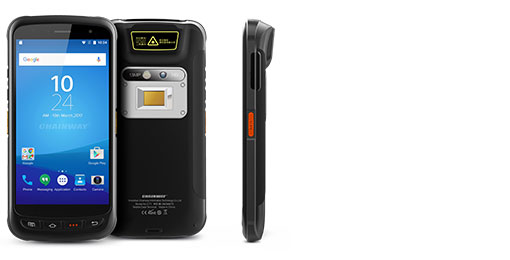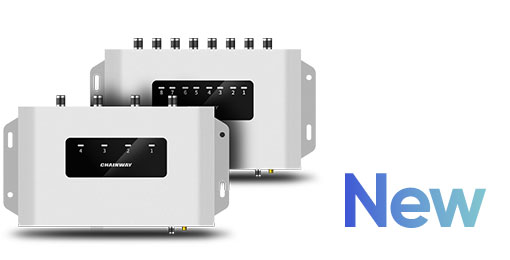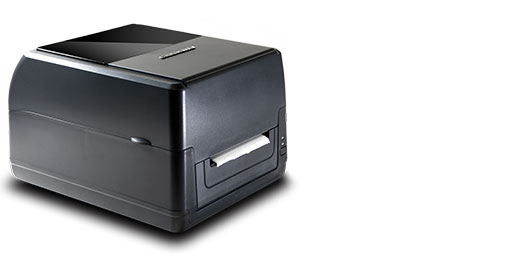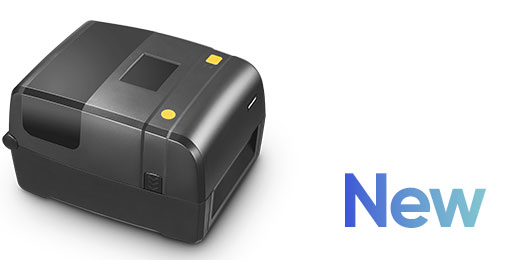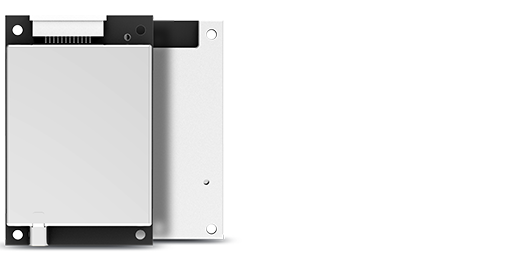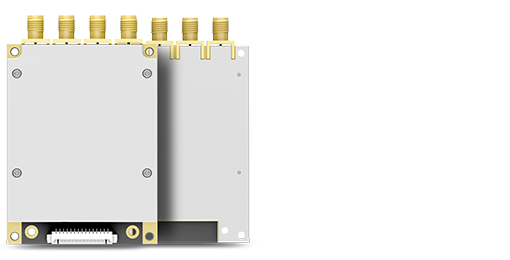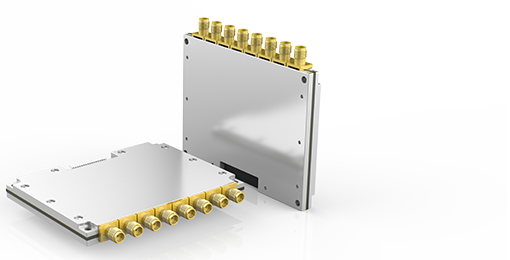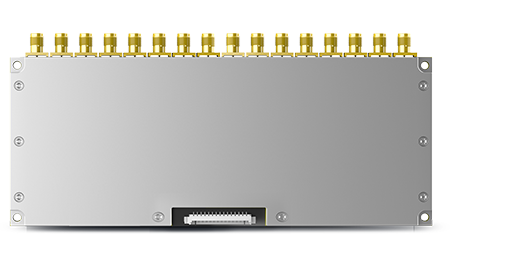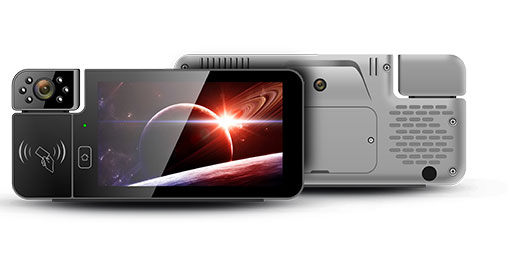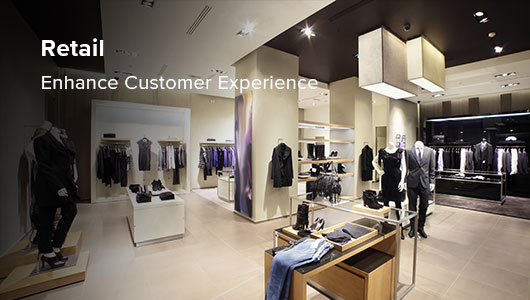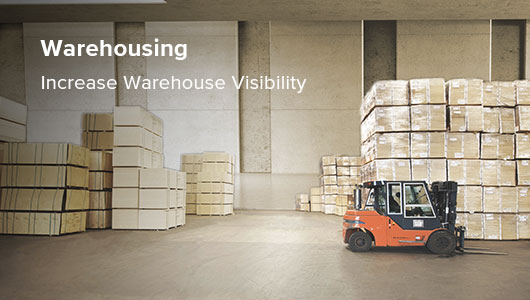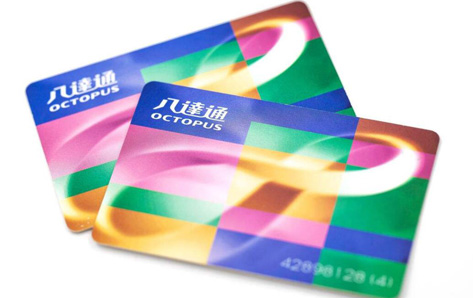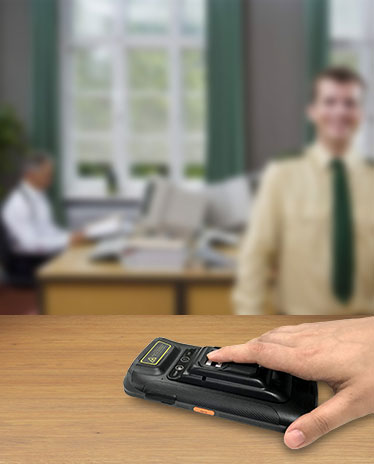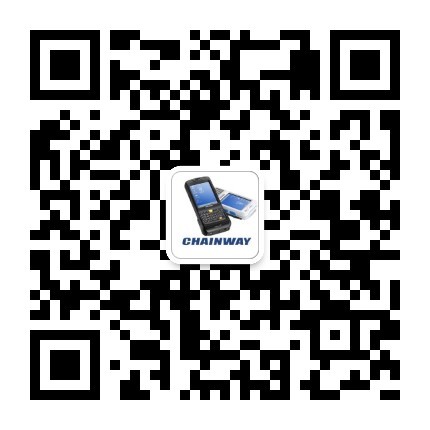Based on a large number of practical market applications and strong technical strength, Chainway handheld terminals, smart terminals and vehicle terminal products have been widely used in various fields of the retail industry, such as store management, warehouse management, commodity sorting, logistics and distribution, commodities allocation and so on. At present, we have a large customer base at home and abroad, and successfully help our customers to improve efficiency and improve management and management.
As we learn more about the market, in addition to the above-mentioned series of conventional applications, our solutions can be applied to more retail scenarios, and can more intelligently understand and analyze customer shopping behavior preferences to help Merchants further optimize product allocation and improve marketing strategies.
Taking the application of shoes and clothing as an example, our RFID application scenarios can also be: shoe cabinets, clothes panel walls, fitting rooms, fitting mirrors, warehouse entrances and exits, etc. By detecting the distance between the UHF tag on the product and the acquisition antenna, it is possible to record a large amount of data on which the merchandise is moved, which is the customer's behavior and track record.
Through the association and combination of points to match behavior and results, all the data is transmitted to the intelligent decision analysis module of the back-end system for analysis, and the system can determine whether the clothes/shoes are picked up and tried on. It is also possible to calculate how long the clothes/shoes are picked up from the shelf, how long the clothes are tried in the fitting room, and how long items are purchased. And with these data of picking up, trying on, and transacting, it is possible to analyze how many times a certain item has been tried to be purchased, and which clothes are tried to wear the most, so that it can be judged whether a certain piece of clothing is selling well, whether it needs to be increased. In case of stock out or determine whether a garment has defects or customer preferences, whether it is necessary to change the sales area or display, whether it is necessary to adjust the promotion strategy.
If a garment is rarely picked up, the merchant may have to analyze the style and fabric of the garment in addition to whether it needs to change the sales area or display. At the same time, staff can know which area the product is best-selling, and adjust the transportation and transfer accordingly; If the clothes are picked up many times and there is no transaction, the back office will remind the salesperson to pay special attention to the customers who pick up the clothes again, ask some questions about customer preferences, whether there are any dissatisfaction of the customers, and how to improve them.
The above model can be used in almost any retail sales scenario. Help customers to more accurately understand customer buying behavior, analyze best-selling or slow-moving goods, and adjust marketing strategies in a timely manner to achieve more accurate and market-oriented marketing behaviors to improve sales, improve service, and improve overall operating efficiency.

